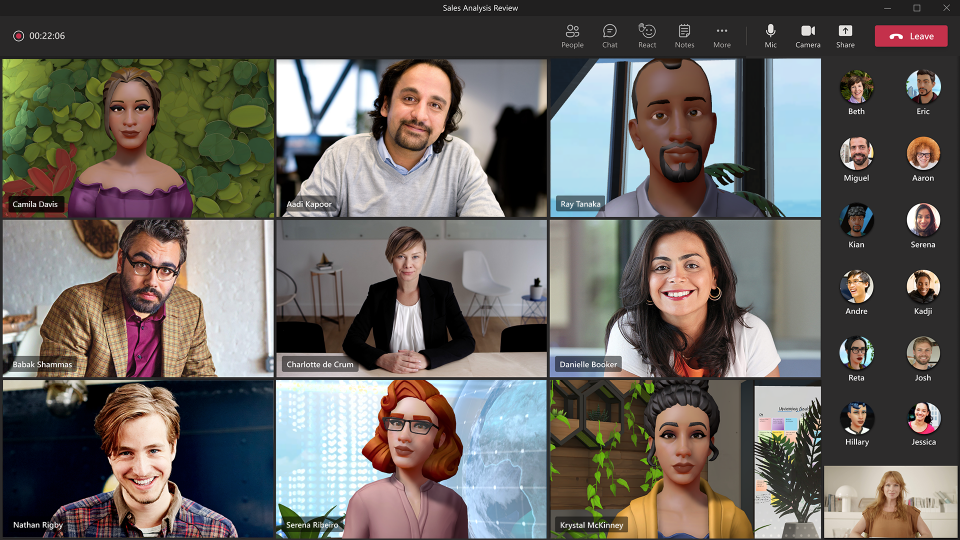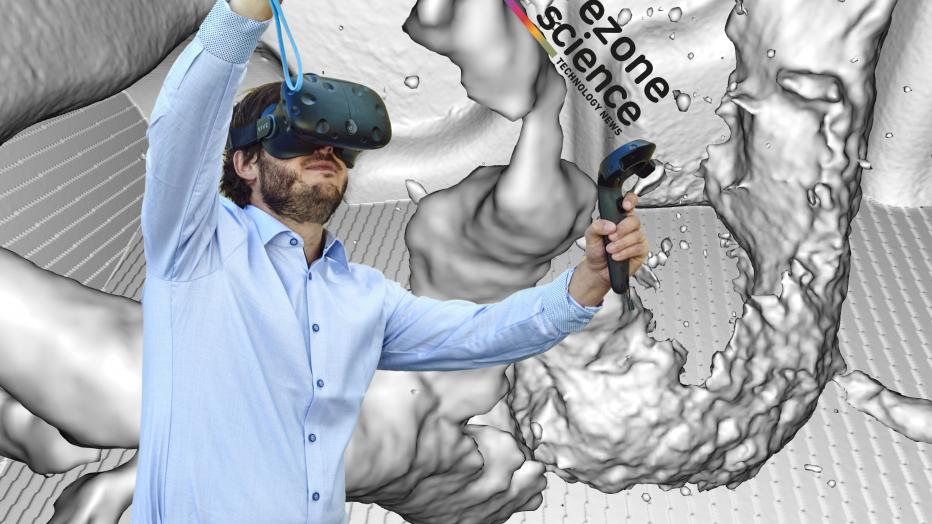A recent session on XR’s capabilities in bridging the industrial skilled workforce gap offered valuable insights
Nathan Pettyjohn, CEO of The Immerse Group and President of the VR/AR Association, has outlined the potential for how XR can solve the skilled workforce gap looming for industries like manufacturing and construction.
In a discussion at this year’s Industrial IMMERSIVE Week, titled “Bridging the Industrial Skilled Workforce Gap with XR and AI”, Pettyjohn emphasised the looming challenge of the skilled workforce gap, amplified by the retirement of baby boomers and the entry of millennials into the workforce.
He highlighted the significant shortfall in skilled workers, particularly in manufacturing—projected at 7.9 million workers by 2030—and purported the critical role of XR and AI technologies in tackling this issue. He also underlined the role this innovative tech can play in training workers, highlighting research, case studies and compelling statistics to reinforce his point and vindicate his enthusiasm for the future.
However, Pettyjohn underscored the significance of factors such as employee adoption, platform selection, and change management in facilitating the implementation of XR technologies in addressing this critical issue.
Pettyjohn said:
I think one of the key considerations is, yes, this technology’s awesome, and we can have great pilots, but there needs to be a change management plan in place to encourage the workforce to embrace the new technology and utilize it regularly. Otherwise, it can fail.”
More Details On XR’s Potential Applications In Industry and Training
Pettyjohn’s session explored XR’s potential across different industries. The variety of applications he cited encompassed mixed reality for field maintenance, VR and AR products for upskilling and safety use cases, and digital twins for training and compliance.
Integral to these case studies, Pettyjohn produced examples of businesses achieving significant productivity gains and cost savings through XR technologies, intending to underscore XR’s effectiveness in enhancing operational efficiency and reducing errors across industries.
For example, he mentioned progress such as 15 percent to 35 percent productivity boosts in the picking process, a 30 percent to 40 percent improvement in resolution time for field service tasks and close to error-free manufacturing with guided workflows and real-time assistance.
Next, Pettyjohn discussed VR’s transformative potential with training. He highlighted research indicating improvements in employee confidence, engagement, and cost-effectiveness compared to traditional methods. He namechecked findings that showed a 40 percent increase in confidence compared to classroom learners, a 35 percent higher readiness to take action among VR students, and a 52 percent cost reduction in VR training versus classroom training.
Pettyjohn then brought up case studies from industry leaders such as Chevron, Walmart, UPS, and DHL, underscoring the tangible benefits of VR training in reducing accidents and errors while enhancing order fulfilment.
Quelle:




